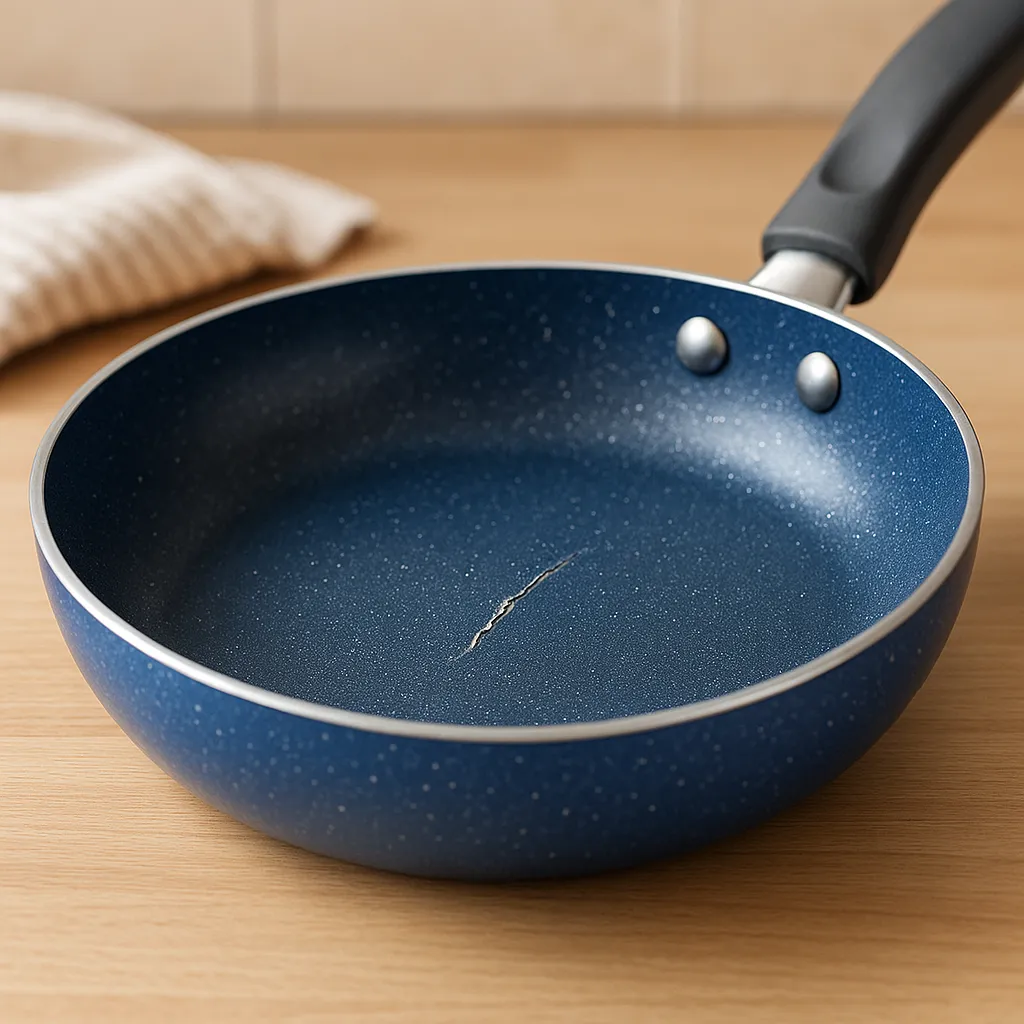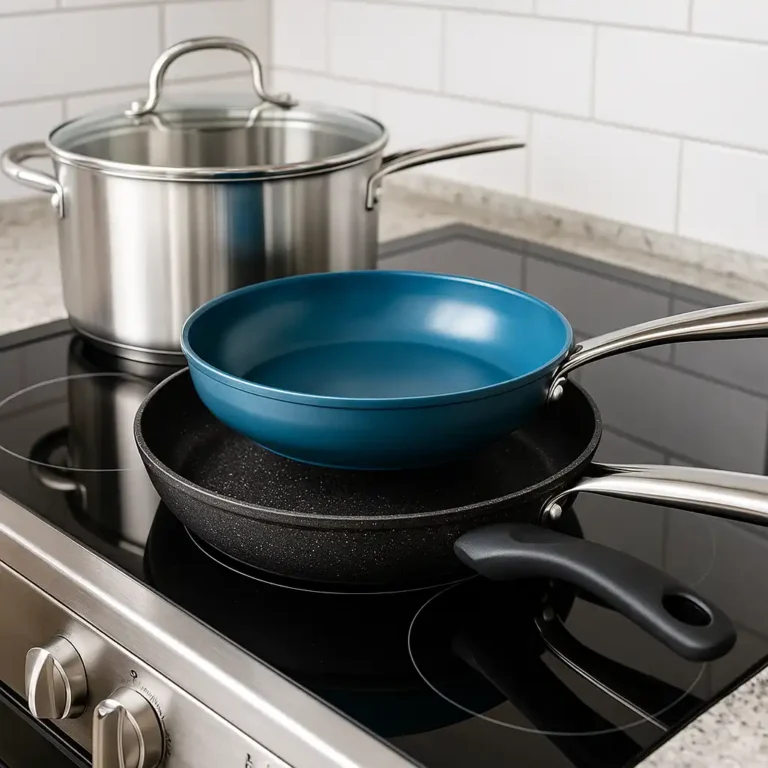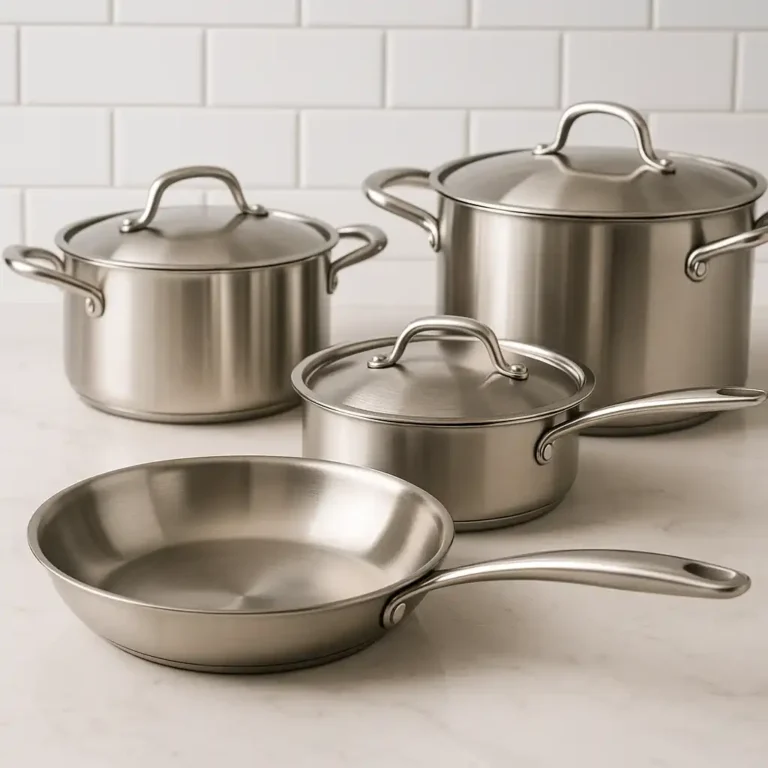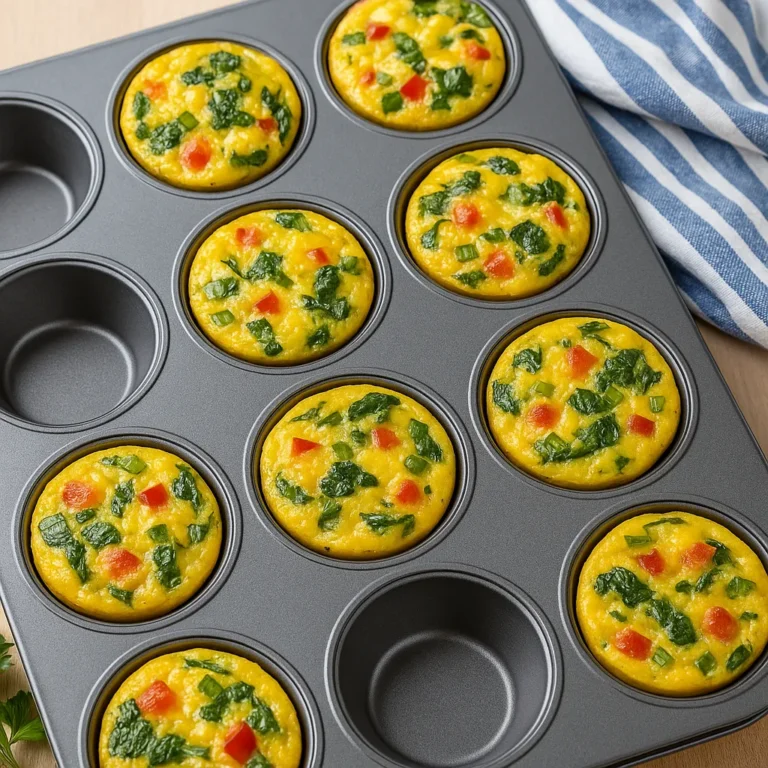Are Blue Diamond Pans Safe If Scratched or Damaged Over Time
Blue Diamond pans are well-known for their smooth ceramic surface and quick, oil-free cooking. But once that surface gets scratched, many home cooks start wondering if the pan is still safe to use—or if it’s time to toss it. Let’s walk through what those scratches really mean for your kitchen routine and whether the pan’s still a keeper.
Scratches Can Ruin the Non-Stick Magic
When they’re brand new, Blue Diamond pans work great. You barely need any oil, eggs slide right off, and cleanup is a breeze. But once scratches start to show, things don’t work quite the same.
Many users say food begins to stick, especially with delicate items like omelets or pancakes. That non-stick performance you counted on? It fades quickly. If you’re cooking on busy weeknights, this can be frustrating. Scratches make it harder to get an even sear and usually lead to more cleaning afterward.
Scratched Doesn’t Always Mean Unsafe—But There’s a Limit
Blue Diamond cookware is advertised as free from harmful chemicals like PFAS, PFOA, lead, and cadmium. That means the surface won’t release toxic fumes, even when damaged. It’s one reason many people choose ceramic-coated pans in the first place.
That said, scratches still weaken the coating. Deeper marks can lead to chipping and, eventually, flakes ending up in your food. While the aluminum base isn’t toxic, you still don’t want bits of non-stick material in your stir-fry. If your pan is just lightly scuffed, it’s probably fine for continued use. But if you notice peeling or major damage, it’s time to replace it.
Cleanup Gets Trickier Once the Surface Wears Down
One of the biggest perks of ceramic pans is the easy cleanup—usually just warm water and a sponge. But scratched surfaces tend to trap food, especially anything cheesy, sticky, or sugary.
This makes scrubbing tougher and more time-consuming. Even worse, scrubbing too hard can cause even more damage. To protect the coating, it’s best to use non-abrasive sponges and silicone or wooden utensils. A few small changes in how you clean and cook can really extend the life of your pan.
These Pans Are Great for Light Use—But Not Built Like Tanks
For light, occasional cooking, Blue Diamond pans can be a solid choice. They heat up quickly, don’t weigh much, and fit nicely into smaller kitchens.
But if you cook daily or use higher heat often, these pans may not hold up as long. Several home cooks report that the coating starts wearing down within a year—sometimes sooner with frequent use. If you need something more durable, especially for tough meals or heavy-duty cooking, granite or multi-layer ceramic pans tend to last longer.
Check Price & Availability
Looking for a safer, scratch-resistant alternative to Blue Diamond?
This ceramic option is a popular pick for everyday non-toxic cooking.
View on Amazon – GreenLife Soft Grip Healthy Ceramic Nonstick Frypan
Prefer something tougher that can handle frequent use?
Many home cooks swear by this granite-coated skillet for its balance of durability and performance.
View on Amazon – Carote Nonstick Granite Frying Pan Skillet
Conclusion
Scratched Blue Diamond pans don’t pose a major safety risk, but they do lose performance fast. If it’s just light surface wear, you can likely keep using the pan with some care. But if the coating’s flaking or food keeps sticking, you’ll probably want to move on.
Ceramic pans like GreenLife work well for gentle, everyday meals. Granite pans, like the Carote, offer more resilience for frequent cooking. Choose what fits your style—and take a little extra care to make it last.






